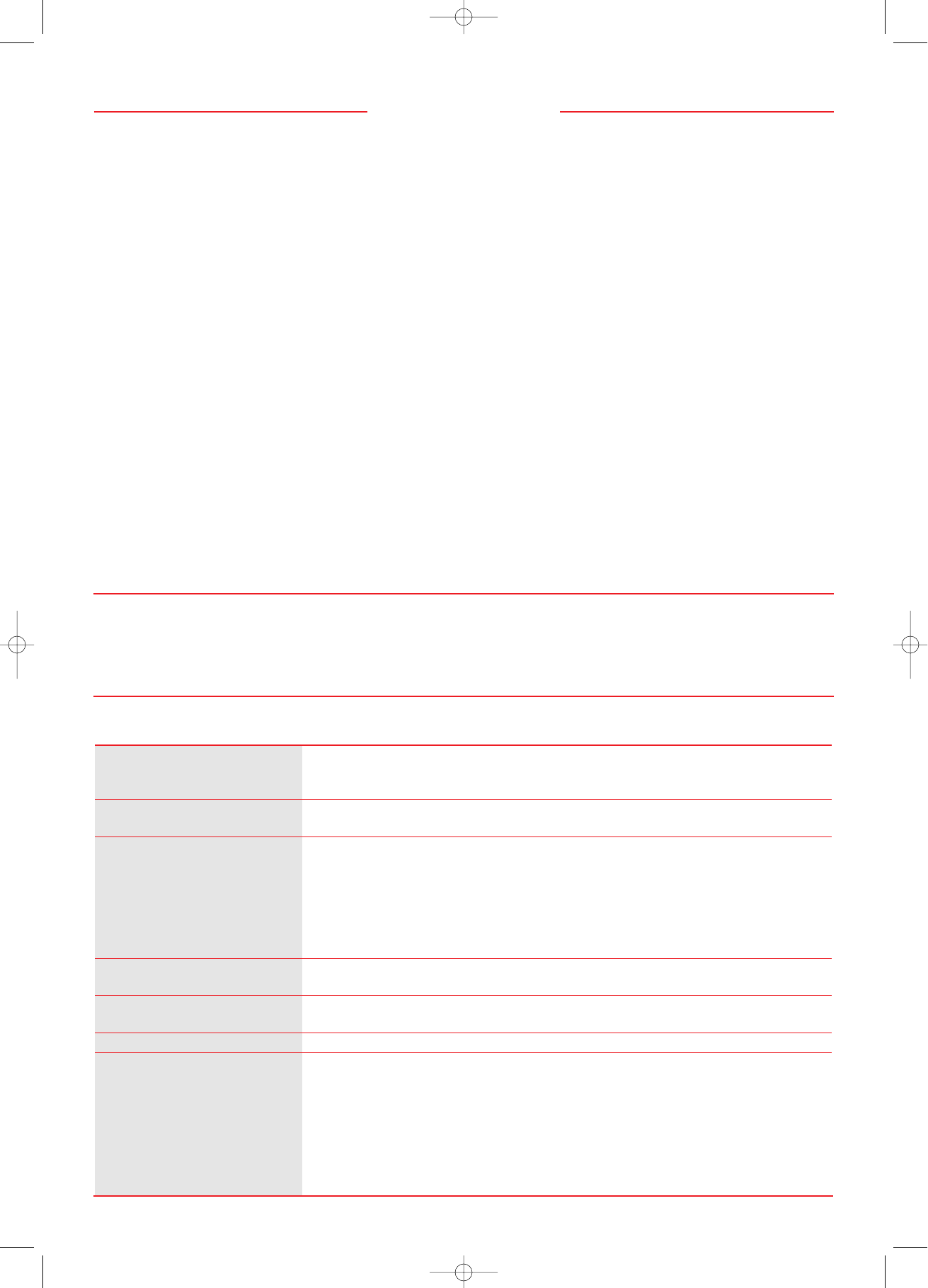
Low Power Consumption
The LCD1280 has been designed with NEC’s IPM™ (Intelligent
Power Manager) System. When utilized with an Energy Star
system or video card, the LCD1280's IPM System is an innova-
tive power saving utility that complies with both the EPA’s
Energy Star requirements and Europe’s NUTEK’s power man-
agement requirements.
With a maximum power consumption of only 50 watts in
its on mode, the LCD1280 monitor consumes up to 50%
less power and emits less heat than conventional CRTs.
In its power saving mode, the LCD1280 consumes less
than 8 watts. All this translates into energy savings, envi-
ronmental protection, reduced emissions and reduced air
conditioning costs of the work environment.
The LCD1280 monitor follows the Video Electronics Standard
Association (VESA) approved DPMS power-down signaling
method.
VESA’s Display Power Management Signaling (DPMS)
method which is endorsed by the EPA is the power-down
process a system should use to communicate to the monitor to
save power. Power-down functions can only be utilized with
an Energy Star system or video card which adheres to the
VESA DPMS standard. By using the monitor’s horizontal and
vertical SYNC signals, the monitor can be prompted into the
different IPM modes. The following is the description of the
LED indicator for the IPM power saving modes:
Mode LED Indicator Power Consumption
ON Green Typical: 45 watts
Stand By & Suspend Amber
Typical: Less than 8 watts
Power Switch, OFF No Light No Power Used
ErgoDesign™
The LCD1280 utilizes NEC’s ErgoDesign philosophy to
make the panel more comfortable and easy to use. The
panel’s power and brightness control are positioned within
easy reach, and the tilt base adjusts to each individual’s
preferred angle of vision. The LCD1280 monitor’s cabinet
design and aesthetics look good from all angles.
Reduced Emissions
Incorporating NEC’s own Reduced Magnetic Field™ tech-
nology, the LCD1280 has minimal field emissions and
follows the strictest magnetic field, alternating electric field
and electro-static recommendations of the Swedish Board
for Technical Accreditation, or SWEDAC (previously
known as MPR, National Board for Measurement and
Testing). The LCD1280 conforms to SWEDAC MPR
1990:8 (MPR II) Testing Methods for Emissions. These
standards are the most restrictive guidelines in the world.
LCD1280 Specifications
Display: 13-inch (13.0” viewable image size), active matrix, thin film transistor (TFT), liquid crystal
display (LCD); 0.201mm dot pitch; RGB vertical stripe color filter arrangement; 100 cd/m
2
white luminance, typical; 100:1 contrast ratio, typical
Compatibility: 640 x 480: VGA, 60 Hz vertical refresh
1280 X 1024: WS high resolution, 60 Hz vertical refresh
Synchronization Range: VGA: Horizontal: 29.5 kHz to 33.5 kHz
Vertical: > 60 Hz
Pixel Frequency: 25.175 MHz ± 50 ppm
High Horizontal: 63.0 kHz to 66.4 kHz
Resolution: Vertical: > 60 Hz
Pixel Frequency 107.5 MHz ± 50 ppm, or
(switchable): 107.352 MHz ± 50 ppm
Resolution: Horizontal: 1280 dots
Vertical: 1024 lines
Active Display Area: Horizontal: 257.3 mm, 10.13”
Vertical: 205.8 mm, 8.10”
Minimum Viewing Angles: Up 10°, Down 30°, Right 30°, Left 30°
Input Signal: Video: Analog Red, Green, Blue
Input Impedance: 75 ohms +/– 5% (at 100 kHz)
Sync: Separate sync. TTL level
Horizontal sync: positive/negative
Vertical sync: positive/negative
Composite sync: TTL level, positive/negative
Composite sync. on green video: 0.3 Vp-p (+/– 3 dB) negative
(Video 0.7 Vp-p positive)
Introduction
2
3
LCD1280 10/29/99 9:25 AM Page 4














